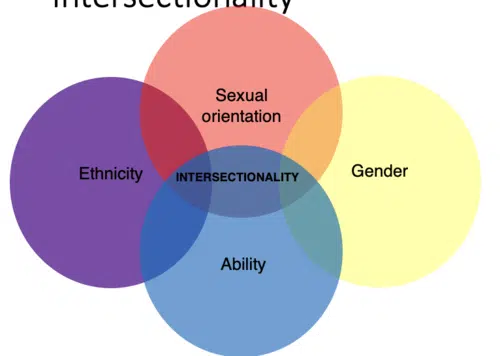Understanding How Race is Socially Constructed: Exploring its Impact and Implications
How Is Race Socially Constructed Quizlet: The concept of race has been a subject of debate and exploration for centuries. While many people perceive race as a biological or genetic reality, it is important to recognize that race is a social construct rather than a fixed and inherent characteristic. In this article, we delve into the topic of how race is socially constructed, shedding light on its origins, impact on society, and the implications of this understanding.
ALSO READ : How To Activate Boost Mobile Phone Without Paying
The Historical Construction of Race
Race as a social construct emerged during the era of European colonialism, where different groups were categorized and assigned certain characteristics based on physical appearances. This classification system served to justify unequal power dynamics and reinforce dominant narratives of superiority and inferiority.
Cultural and Societal Influence
Race as a social construct is heavily influenced by cultural and societal factors. The beliefs, norms, and values of a particular society shape how individuals perceive and categorize racial groups. These perceptions are often based on physical features such as skin color, hair texture, and facial features, leading to the creation of racial stereotypes. How Is Race Socially Constructed Quizlet
Impact on Identity and Self-Perception
The social construction of race has a significant impact on individual and collective identities. Racial categories can influence how individuals perceive themselves and how they are perceived by others. It can shape a person’s sense of belonging, self-esteem, and experiences of discrimination or privilege based on their assigned racial identity.
Racial Hierarchies and Power Dynamics
Race as a social construct has been used to create and perpetuate racial hierarchies and power dynamics. Throughout history, certain racial groups have been privileged while others have been marginalized or oppressed. These power dynamics manifest in various aspects of society, including education, employment, criminal justice, and healthcare, leading to systemic inequalities.
Intersectionality and Multiple Identities
Understanding race as a social construct highlights the importance of considering intersectionality—the interconnected nature of social categorizations such as race, gender, class, and sexuality. Individuals may embody multiple identities that intersect and influence their experiences of privilege or oppression, highlighting the complexity of social constructions and the need for a nuanced understanding.
Challenging and Overcoming Racial Constructs
Recognizing that race is socially constructed opens up opportunities for challenging and dismantling racial biases and inequalities. It encourages critical thinking, empathy, and efforts to promote inclusivity, equality, and social justice. By acknowledging the constructed nature of race, we can work towards creating a more equitable and inclusive society for all.
ALSO READ : How To Add Read More On Tumblr Mobile
Conclusion
Understanding race as a social construct is crucial for comprehending the complex dynamics that shape our society. By recognizing its origins, impact on identity, power dynamics, and intersections with other social categories, we can actively challenge racial constructs and work towards a more just and inclusive future. Embracing diversity, fostering empathy, and advocating for equality are essential steps in moving towards a society that transcends the limitations imposed by socially constructed notions of race.
